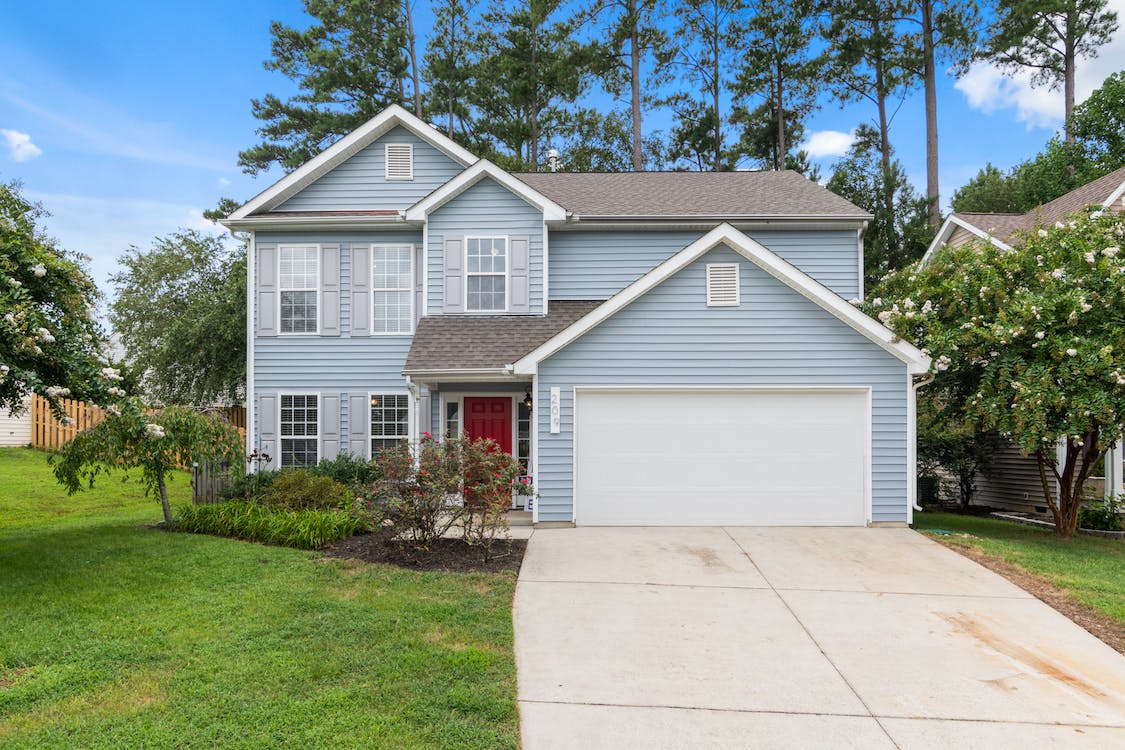
Understanding the Ins and Outs of Reverse Mortgage
Introduction
Are you a real estate industry professional or someone heading towards retirement? If so, have you considered reverse mortgage? It’s a unique financial option designed for senior citizens to help them sustain their retirement years. You can unlock the equity you’ve built in your home over the years without having to sell it. However, before diving into it, knowing the ins and outs of reverse mortgage is essential.
What is a Reverse Mortgage?
A reverse mortgage is a type of loan for senior citizens that allows them to borrow money against their home equity. Unlike conventional loans, the borrower doesn’t need to pay back the loan during their lifetime. Instead, the loan and any interest accrued must be repaid when the borrower moves out of the house or passes away.
How Does it Work?
To qualify for a reverse mortgage, you should be at least 62 years old, own your home outright, or have a considerable amount of equity in your home. Your home’s value and the amount of equity you have in it determine how much you can borrow.
Types of Reverse Mortgage
There are three types of reverse mortgages available: single-purpose reverse mortgage, federally-insured reverse mortgage, and proprietary reverse mortgage. A single-purpose reverse mortgage is the most affordable option but comes with limitations on how you can use the proceeds. Federally-insured reverse mortgage, also known as Home Equity Conversion Mortgage (HECM), is the most popular type of reverse mortgage. Proprietary reverse mortgage isn’t federally-backed, but it can loan a higher amount compared to the other two types.
Benefits and Risks
Reverse mortgages can offer many benefits like providing supplemental income, allowing you to stay in your home, and paying off existing debts. It can be a great financial option for those who don’t want to sell their home to get cash. However, it also comes with risks. The accrued interest can add up significantly and reduce the equity left for heirs. Moreover, if the borrower isn’t careful, they can risk losing their homes through foreclosure.
How to Find a Reputable Lender
When it comes to reverse mortgages, finding a reputable lender is crucial. Look for a lender who is approved by the Federal Housing Administration (FHA) and certified by the National Reverse Mortgage Lenders Association (NRMLA). Do your research, and don’t hesitate to ask questions or clarify things you don’t understand.
Conclusion
While reverse mortgages aren’t for everyone, it could be a viable option for senior citizens looking for additional income sources. However, it is important to know the ins and outs of reverse mortgage before deciding to apply for it. Look for a reputable lender, weigh its benefits and risks, and consider seeking advice from a financial advisor. It is best to make an informed decision before diving into a significant financial commitment.










